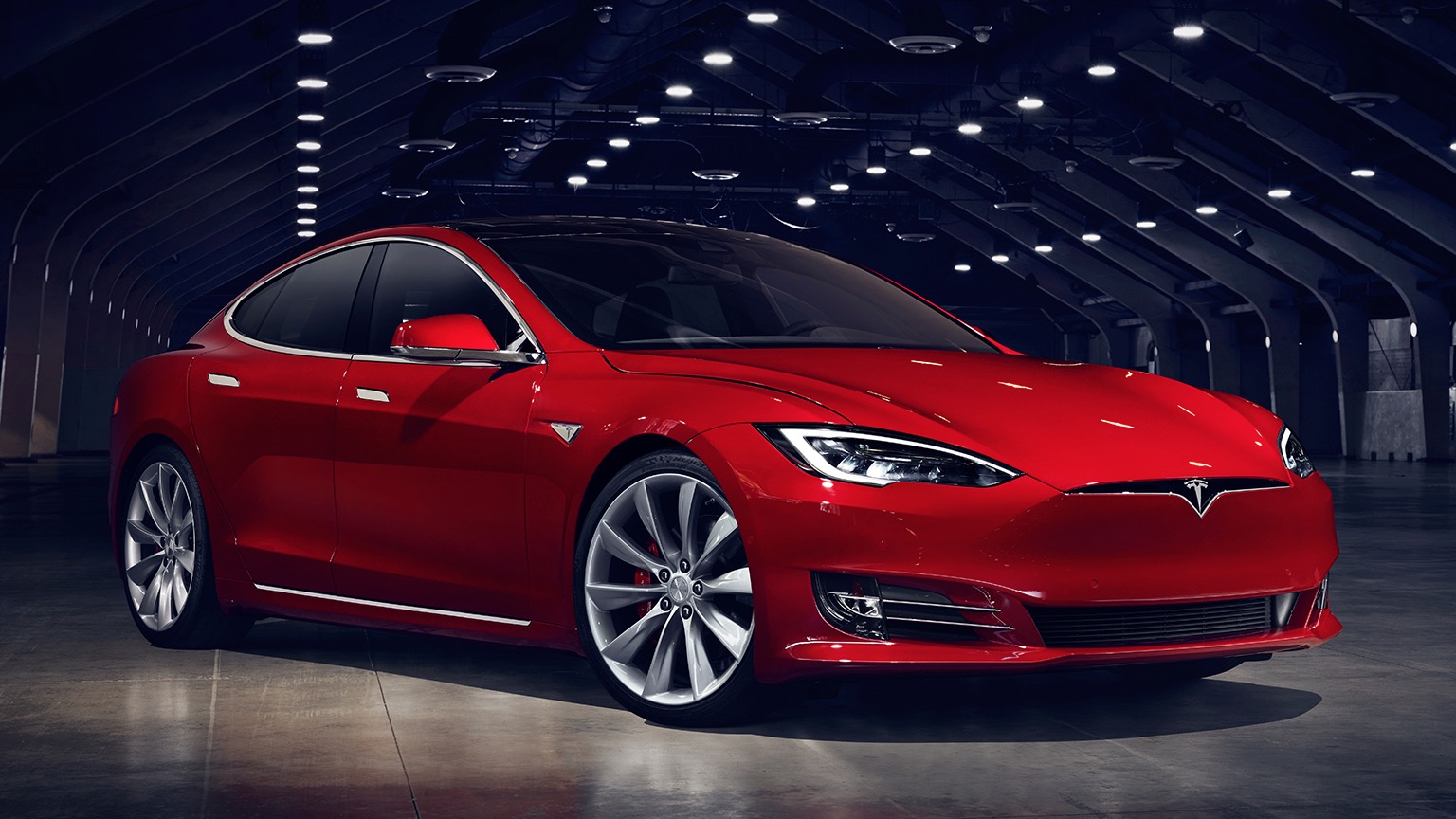My Model X was plugged in last evening to a street lamp charger at 10% with the target set to 90%.
Got a notification from the Tesla app this morning that the charge has been completed at 90%
The ubitricity (street lamp provider) invoice email shows a total usage of about 83 kWh (car is a 100 kWh model)
Tesla app (in Charge Stats) shows I added 71 kWh
Teslamate shows that the usage was about 83 kWh (matches invoice above) but car added 71kwh to go from 10% to 90% (?)
Get in the car this morning and dash shows charge level at 96% !!
So now I'm totally confused. I understand the difference in the ubitricity usage and actual added kwh as it relates to efficiency, etc.
But how did a 100 kWh battery car go from 10% to 90% with only 71 kWh added?
And why is the car now showing 96%?
Got a notification from the Tesla app this morning that the charge has been completed at 90%
The ubitricity (street lamp provider) invoice email shows a total usage of about 83 kWh (car is a 100 kWh model)
Tesla app (in Charge Stats) shows I added 71 kWh
Teslamate shows that the usage was about 83 kWh (matches invoice above) but car added 71kwh to go from 10% to 90% (?)
Get in the car this morning and dash shows charge level at 96% !!
So now I'm totally confused. I understand the difference in the ubitricity usage and actual added kwh as it relates to efficiency, etc.
But how did a 100 kWh battery car go from 10% to 90% with only 71 kWh added?
And why is the car now showing 96%?



